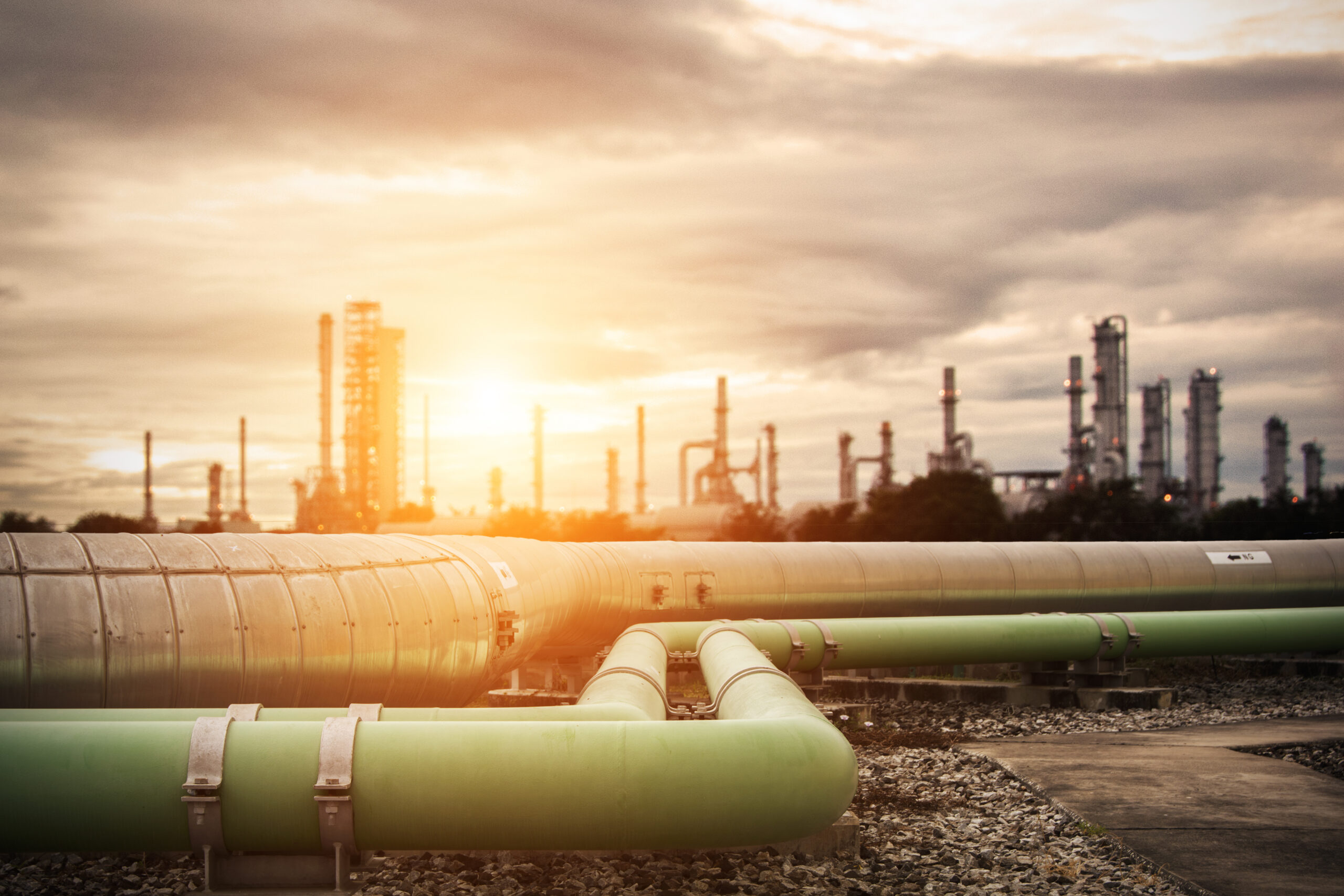Canada’s leading pipeline operator, Enbridge, is responding to high demand for exports to the US with a multi-billion-dollar expansion. The company plans to increase pipeline capacity by up to 250,000 barrels per day – a strategic move that, given stagnant alternatives in Asia, relies on the proven US market. Instead of building new pipelines, investments are being made in expanding existing transportation infrastructure. In addition to economic efficiency, security of supply, energy exports, crude oil transport, and infrastructure projects are also key priorities. (bnnbloomberg: 14.11.25)
Pipeline Capacity Increases Without New Lines
Enbridge, Canada’s largest oil sands transporter, is pursuing a clear strategy: to utilize existing networks more efficiently instead of constructing new pipelines. As part of its Mainline Optimization program, the pipeline capacity will be gradually increased by several hundred thousand barrels per day. The first phase will add 150,000 barrels to the system. A further expansion phase – expected in 2028 – promises an additional 250,000 barrels per day via the existing Dakota Access Pipeline.

This expansion reduces costs, avoids permitting risks, and significantly accelerates implementation. Instead of prestige projects, Enbridge is focusing on technological upgrades, such as more efficient pumping stations and flow aids that increase transport speed. Other operators, like Trans Mountain Corp., are also taking this pragmatic approach.
Crude oil shipments remain focused on US refineries
Although political voices are calling for greater diversification, the US market continues to be the most reliable customer for Canadian energy exports. Particularly along the Gulf Coast, there are highly specialized refineries that efficiently process heavy crude oil—an advantage Canada intends to leverage as imports from Latin America decline.
The increased pipeline capacity allows for higher crude oil shipments from western Canada without requiring new permits. Enbridge CEO Colin Gruending emphasized: “A better energy sector is a better Canada.” For him, economic realism outweighs geopolitical symbolism.
Energy Exports Secure Canada’s Revenue
While new projects for Asia across the Pacific continue to be bogged down in lengthy approval processes, oil flows south – predictably, efficiently, and with a market focus. Infrastructure projects like this not only secure jobs but also strengthen Canada’s trade balance. Furthermore, they allow existing capital investments to be utilized to their fullest potential.
South Bow Corp., operator of the existing Keystone system, is also open to reactivating the once-halted Keystone XL project. Although South Bow itself is not part of the political discussions between Prime Minister Carney and Donald Trump, the company is closely monitoring the situation. CEO Bevin Wirzba emphasized the importance of making good, long-term use of existing investments.
Infrastructure Projects as an Answer to Stagnant Alternatives
According to Gruending, a complete overhaul of the pipeline infrastructure is not imminent. The western Canadian sedimentary basin has remained underserved for over two decades. The planned expansion of pipeline capacity addresses a structural bottleneck that can sustainably strengthen Canada’s competitiveness.
At the same time, energy exports serve as geopolitical leverage. A reliable supply of Canadian oil to the US also improves Canada’s diplomatic negotiating position. Modernizing the transport routes thus strengthens not only economic interests but also strategic partnerships.
